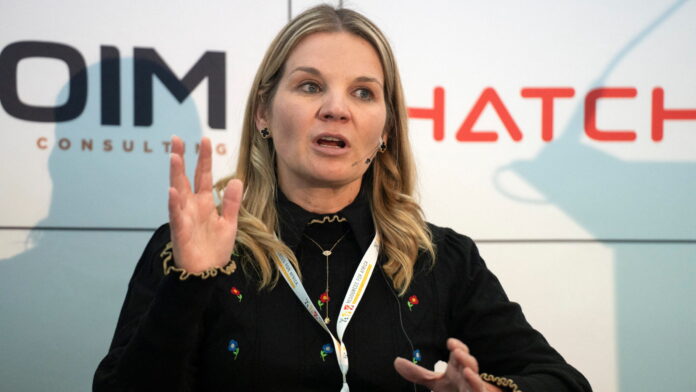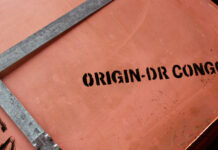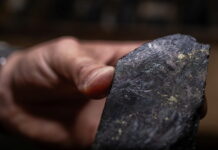
FUTURE mining operations at the Kakula copper mine in the Democratic Republic of Congo would be drastically modified following seismic activity in May which affected the eastern side of the mine and temporarily shut operations.
The Kakula mine is part of the Kamoa-Kakula complex which has been developed into one of the world’s largest copper producers by Canadian mining group Ivanhoe Mines. In June, Ivanhoe slashed its annual copper production guidance to between 370,000 and 420,000 tons.
Interviewed by conference host Bernard Swanepoel at the London Indaba, an investment conference, Ivanhoe Mines CEO Marna Cloete said assumptions around how backfill would react to support the mining operations, and that it could replace pillar strength, were “probably miscalculated”.
She described the area where the seismic activity occurred as a shallow, thick orebody where there was a “mature level of extraction”.
“We are now going to have a mine based more on a geological understanding of what’s ahead of us and leaving much larger pillars. We will also have to mine out to the periphery and then retreat mine back,” she said.
As a result, Cloete said Ivanhoe would have to re-engineer the life-of-mine plan for the entire Kamoa-Kakula complex affecting multiple mines because the event had “really changed our understanding of the whole geology of the region”.
Management allowed the eastern side of the Kakula mine to flood after the seismic events because of damage to infrastructure affecting electricity supply to that section.
“We have already stabilised the flooding and are dewatering the mine. Inflow rates were initially estimated at 4,000 litres per second. It is currently slightly below that and we have installed pumping capacity of 5,000 litres per second.”
Additional pumps were being brought in and Cloete expected the mine to be dewatered by the end of the year.
She said mining operations had now restarted on the western side of the Kakula mine. “Fortunately we have stockpiles on surface that we are currently milling and we have moved some of our crews to other mining areas.
“This is not a failure. It is a temporary glitch and something we will learn from and something we have already started to turn around.
“We have already started applying the lessons learnt to the Platreef and to Kipushi getting people with fresh eyes to look at what we have done and what our designs are so that we do not repeat the same mistake again.”
Platreef PGMs
Turning to the Platreef Cloete said the mine would start Phase One production at the end of 2025 but she described this as “a marginal project which initially would just wash its face for the first two years and then we will ramp up to phase two”
She said operations would remain at the Phase Two level “to see how the market handles the volumes before we make an investment decision to move to phase three in the future.”
Asked about possible longer-term rationalisation in the South African platinum industry Cloete replied: “Obviously there are synergies to consolidate with some of the existing producers. They have facilities which we don’t yet have in place so I think those conversations will take place at the appropriate time.”










